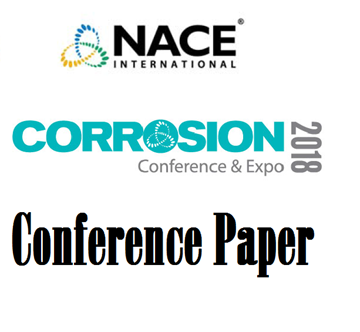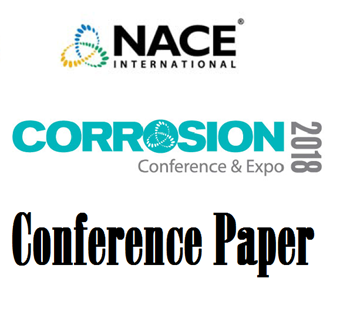Search
51318-11060-New Understanding on Iron Sulfide Deposition During Acid Stimulation in Sour Gas Wells
Also Purchased
51318-11059- Review of a UNS N04400 Heat Exchanger Tube Failure in Cooling Water Service
Product Number:
51318-11059-SG
Publication Date:
2018
$20.00
51318-11046-The investigation of Incoloy 800H Relaxation Crack Mechanisms
Product Number:
51318-11046-SG
Publication Date:
2018
$20.00
51318-11049-CORROSION RISK ASSESSMENT MODEL OF SUBSEA PIPELINES NETWORK
Product Number:
51318-11049-SG
Publication Date:
2018
$20.00




